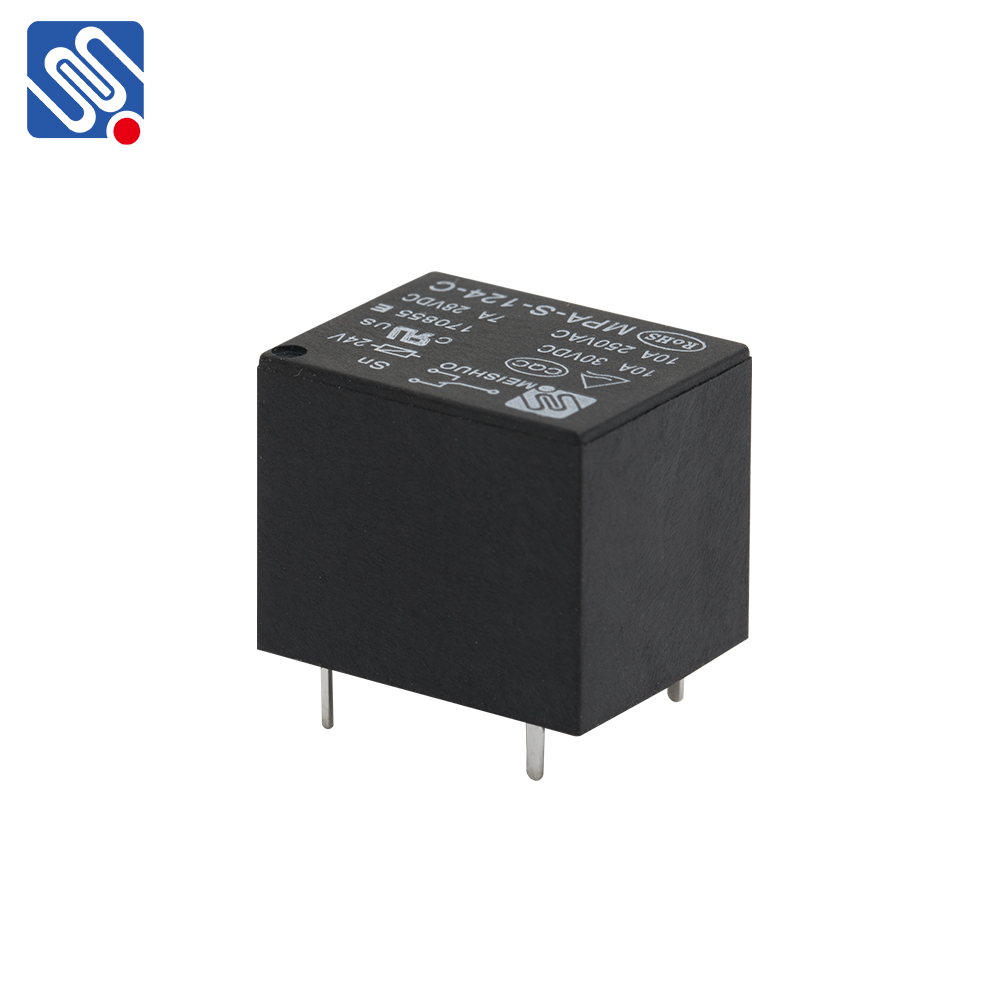Relay drives are an essential component in modern electronic systems, providing reliable switching capabilities for various applications. In simple terms, a relay is an electrically operated switch used to control a circuit by a low-power signal, allowing it to switch on or off larger currents or voltages. Relay drives play a crucial role in automating processes, protecting circuits, and enabling communication in both industrial and everyday electronic devices.

What is a Relay Drive? A relay drive is a mechanism designed to activate or control the operation of a relay. Typically, the relay drive is a control circuit that ensures the relay operates correctly when a control signal is received. It works by converting the low-power signal, often from a microcontroller or a low-voltage system, into sufficient current to energize the relay coil. This energizing of the coil creates a magnetic field, which in turn activates the relay’s switch, allowing current to flow through the controlled circuit. Key Components of Relay Drive Relay Coil: The coil is the primary component of a relay, which, when energized, generates the magnetic field to switch the relay contacts.